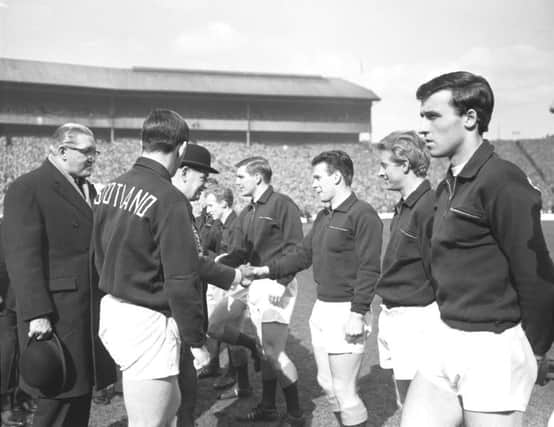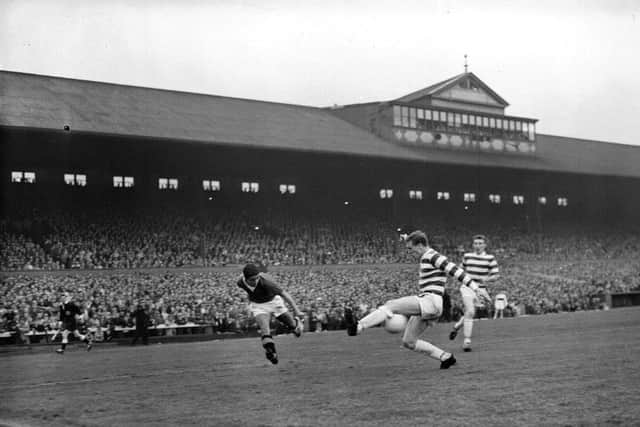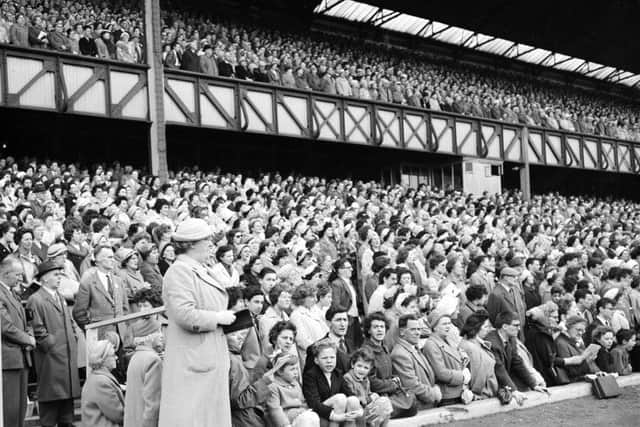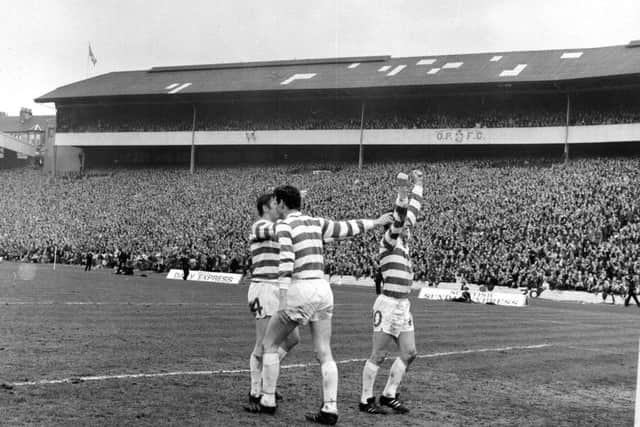In pictures: Glasgow football stadiums in the 60s


Hampden Park, Ibrox and Celtic Park have all been comprehensively redeveloped in the last 30 years. The vast terraces have gone, replaced by modern all-seater stands.
The homes of Queen’s Park, Rangers and Celtic respectively, they look very different to the grounds that football fans would have known 50 years ago.
Advertisement
Hide AdAdvertisement
Hide AdThe 1960s were a comparatively golden age for football across Scotland but Glasgow in particular.


Celtic would become the first British club to win the European Cup in 1967 and their city rivals Rangers would twice reach the final of the European Cup Winners’ Cup.
Attendances for cup finals and major international matches at Hampden regularly broke the 100,000 barrier.
The early years of the decade were a successful time for Third Lanark. The club, based at Cathkin Park in the southside of the city, finished third in the top flight in 1961 and scored 100 league goals in the process.
Yet by 1967 the Hi-Hi had been liquidated, the result of mismanagement off the pitch, and their fans were forced to look elsewhere for football.


The once well-maintained Cathkin Park, with a capacity of 50,000, fell into disrepair and its grandstand was eventually demolished.
The pitch is still used for amateur games while the surrounding terraces are consumed by nature.
Clyde, meanwhile, were still considered a Glasgow club in the 1960s even if their Shawfield stadium straddled the city boundary with Rutherglen.
Advertisement
Hide AdAdvertisement
Hide AdThe Bully Wee would depart the ground in 1986 and eventually settled at Broadwood Stadium in the new town of Cumbernauld.


In the north of the city, Partick Thistle enjoyed a third place finish in 1962-63 and consistent top flight football ensured good-sized attendances at their Firhill stadium throughout the decade.
Despite their name, the Jags have not played in Partick since 1908 and have instead been based on the edge of Maryhill, close to Woodside, ever since.